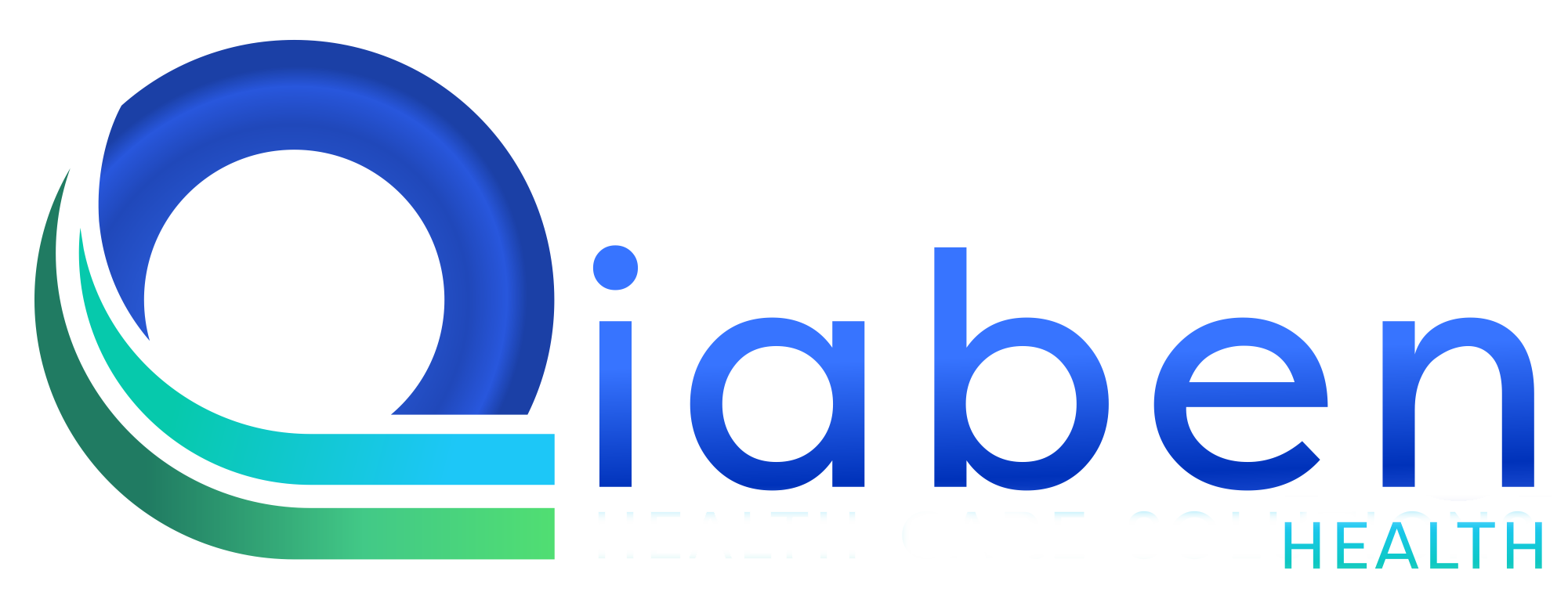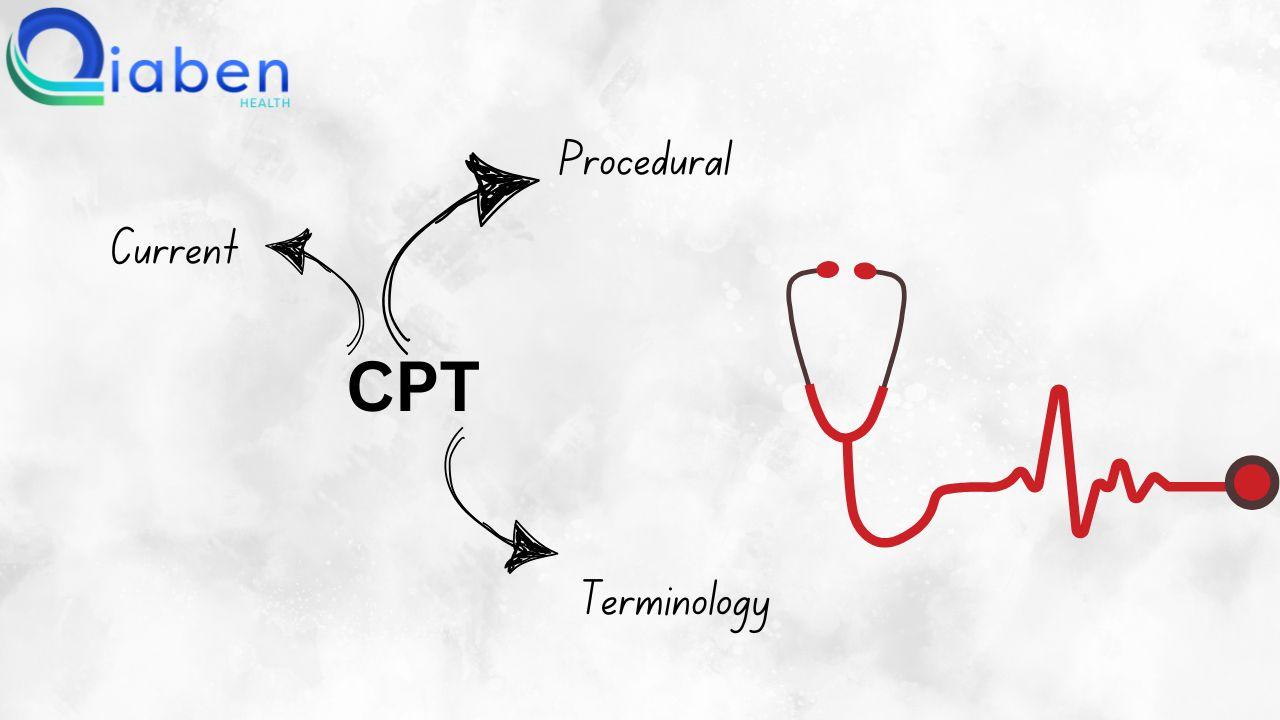Introduction:
Navigating dental billing can be challenging, but avoiding common mistakes is crucial for the financial health of your practice. In this comprehensive guide, we’ll delve into 10 prevalent dental billing errors and provide actionable solutions to avoid them. By understanding these pitfalls and implementing best practices, you can optimize your billing process, minimize errors, and maximize revenue.
1. Understanding Dental Coding
Dive into the intricate world of dental coding, including CDT codes, ICD-10 codes, and CPT codes. Learn how proper coding impacts reimbursement rates and ensures accurate billing.
2. Documentation Accuracy
Explore the importance of meticulous documentation in dental billing. Discover how comprehensive records contribute to accurate coding, reduce claim denials, and facilitate smooth reimbursement processes.
3. Upcoding and Downcoding
Delve into the risks associated with upcoding and downcoding in dental billing. Understand how these practices can lead to compliance issues, audits, and financial penalties.
4. Failure to Verify Insurance Coverage
Learn why verifying insurance coverage is paramount in dental billing. Explore strategies to confirm patient benefits, eligibility, and coverage limitations to avoid claim denials and payment delays.
5. Inadequate Follow-Up on Claims
Discover the significance of proactive follow-up on dental claims. Explore effective communication strategies with payers, resolving claim discrepancies, and accelerating reimbursement timelines.
6. Mishandling Coordination of Benefits (COB)
Navigate the complexities of coordination of benefits (COB) in dental billing. Learn how to correctly identify primary and secondary insurance coverage to prevent claim processing errors.
7. Neglecting Patient Education on Billing Matters
Explore the importance of patient education in dental billing. Learn how to empower patients with clear billing information, payment options, and financial policies to enhance collections and reduce disputes.
8. Ignoring Compliance Regulations
Understand the implications of disregarding compliance regulations in dental billing. Explore HIPAA guidelines, fraud prevention measures, and regulatory requirements to safeguard your practice from legal repercussions.
9. Overlooking Technology Solutions
Discover the benefits of leveraging technology in dental billing processes. Explore dental practice management software, electronic claims submission, and automated billing solutions to streamline operations and reduce errors.
10. Lack of Staff Training
Recognize the importance of ongoing staff training in dental billing. Invest in comprehensive training programs to ensure proficiency in coding, documentation, and billing procedures, fostering efficiency and accuracy.
10 Common Dental Billing Mistakes You Need to Avoid
Now, let’s delve deeper into each of the 10 common dental billing mistakes you need to avoid to optimize your practice’s financial performance:
1. Understanding Dental Coding
Navigating the complexities of dental coding requires a deep understanding of various code sets, including Current Dental Terminology (CDT), International Classification of Diseases (ICD-10), and Current Procedural Terminology (CPT). Each code serves a specific purpose, from describing procedures to diagnosing conditions, and accurate coding is essential for reimbursement accuracy. Failure to assign the correct codes can result in claim denials, delayed payments, and potential audits. To mitigate coding errors, invest in training for your billing staff, stay updated on coding changes, and utilize coding resources provided by reputable organizations.
2. Documentation Accuracy
Comprehensive documentation is the cornerstone of successful dental billing. Accurate records not only support the codes billed but also serve as evidence of the services provided to patients. Incomplete or inconsistent documentation can lead to claim denials and legal issues, jeopardizing your practice’s financial stability. Implement standardized documentation protocols, ensure thorough charting for each patient encounter, and educate your staff on the importance of detailed record-keeping. Regular audits of documentation practices can help identify areas for improvement and maintain compliance with billing regulations.
3. Upcoding and Downcoding
Upcoding involves billing for a more expensive procedure than what was performed, while downcoding entails billing for a less complex service to inflate reimbursement rates. Both practices are fraudulent and can result in severe consequences, including fines, penalties, and damage to your practice’s reputation. Educate your staff on proper coding guidelines and encourage transparency in billing practices. Monitor coding patterns regularly to detect any irregularities and address them promptly to avoid compliance issues.
4. Failure to Verify Insurance Coverage
Verifying patient insurance coverage is crucial for accurate billing and timely reimbursement. Failure to confirm insurance details can lead to claim denials, payment delays, and patient dissatisfaction. Develop a robust verification process that includes confirming eligibility, coverage limitations, and pre-authorization requirements. Utilize electronic eligibility tools provided by payers or third-party services to streamline the verification process and minimize errors. Educate your front desk staff on the importance of insurance verification and empower them to communicate effectively with patients regarding their coverage.
5. Inadequate Follow-Up on Claims
Once claims are submitted, proactive follow-up is essential to ensure timely payment. Delays in processing can occur due to various reasons, including missing information, coding errors, or payer issues. Establish a systematic follow-up protocol that includes tracking claim status, identifying outstanding claims, and escalating unresolved issues promptly. Clear communication with payers and persistence in following up on outstanding claims can expedite reimbursement and minimize revenue loss due to unpaid or underpaid claims.
6. Mishandling Coordination of Benefits (COB)
When patients have multiple insurance coverages, coordinating benefits accurately is crucial to prevent overpayment or underpayment of claims. Mishandling COB can result in billing errors, claim rejections, and disputes between payers. Develop a process for identifying primary and secondary insurance coverage for each patient, including verifying coverage details and submitting claims correctly to the appropriate payer. Educate your billing staff on COB rules and regulations to ensure compliance and avoid costly billing mistakes.
7. Neglecting Patient Education on Billing Matters
Transparent communication with patients regarding their financial responsibilities is essential for building trust and preventing billing disputes. Many patients are unaware of their insurance coverage details, billing processes, or payment options, leading to confusion and frustration. Take proactive steps to educate patients about their insurance benefits, out-of-pocket costs, and billing procedures during their visits. Provide written materials, online resources, or staff assistance to answer any billing-related questions and address concerns promptly. By empowering patients with knowledge, you can enhance their satisfaction and reduce the likelihood of billing disputes.
8. Ignoring Compliance Regulations
Compliance with healthcare regulations, such as the Health Insurance Portability and Accountability Act (HIPAA), is non-negotiable in dental billing. Ignoring compliance requirements can result in severe penalties, legal liabilities, and damage to your practice’s reputation. Develop comprehensive compliance policies and procedures tailored to your practice, including privacy safeguards, data security measures, and fraud prevention strategies. Conduct regular audits and staff training to ensure adherence to compliance standards and mitigate risks effectively.
9. Overlooking Technology Solutions
Embracing technology can revolutionize your dental billing processes, enhancing efficiency, accuracy, and profitability. Explore dental practice management software that offers integrated billing modules, electronic claims submission, and real-time reporting capabilities. Automated billing solutions can streamline repetitive tasks, reduce manual errors, and accelerate reimbursement cycles. Invest in staff training to maximize the benefits of technology solutions and stay updated on emerging trends in dental billing technology.
10. Lack of Staff Training
Your billing staff play a pivotal role in the financial success of your practice, and ongoing training is essential to keep them abreast of industry changes and best practices. Provide comprehensive training programs that cover coding guidelines, documentation requirements, insurance protocols, and billing regulations. Encourage continuous learning through workshops, seminars, and online resources to foster a culture of excellence and accountability in your billing department. By investing in your staff’s skills and knowledge, you can optimize your billing processes and ensure compliance with industry standards.
FAQs (Frequently Asked Questions)
Q: How can I prevent upcoding and downcoding in my dental practice? A: To prevent upcoding and downcoding, ensure your billing staff are properly trained on coding guidelines and adhere to ethical billing practices. Conduct regular audits of coding patterns and monitor billing activities for any irregularities.
Q: What steps should I take to verify patient insurance coverage effectively? A: Develop a standardized verification process that includes confirming patient eligibility, coverage details, and pre-authorization requirements. Utilize electronic eligibility tools and establish clear communication channels with payers to streamline the verification process.
Q: How can I improve communication with patients regarding billing matters? A: Provide patients with clear and transparent information about their insurance benefits, out-of-pocket costs, and payment options. Offer written materials, online resources, or staff assistance to address any billing-related questions or concerns promptly.
Q: What are some common compliance regulations that dental practices need to adhere to? A: Dental practices must adhere to various compliance regulations, including HIPAA guidelines for patient privacy and data security. It’s essential to develop comprehensive compliance policies and procedures tailored to your practice and conduct regular audits to ensure adherence.
Q: How can technology solutions enhance dental billing processes? A: Technology solutions such as dental practice management software and automated billing systems can streamline administrative tasks, reduce errors, and accelerate reimbursement cycles. Investing in technology can improve efficiency and profitability in dental billing operations.
Q: Why is ongoing staff training important in dental billing? A: Ongoing staff training ensures that your billing team remains up-to-date on industry changes, coding guidelines, and compliance regulations. By investing in staff training, you can optimize billing processes, minimize errors, and ensure compliance with best practices.
Conclusion:
Avoiding common dental billing mistakes is essential for maintaining the financial health and integrity of your practice. By understanding the intricacies of dental coding, prioritizing documentation accuracy, and implementing robust billing processes, you can optimize revenue, minimize errors, and enhance patient satisfaction. Take proactive steps to educate your staff, leverage technology solutions, and stay updated on industry trends to navigate the complexities of dental billing successfully.







